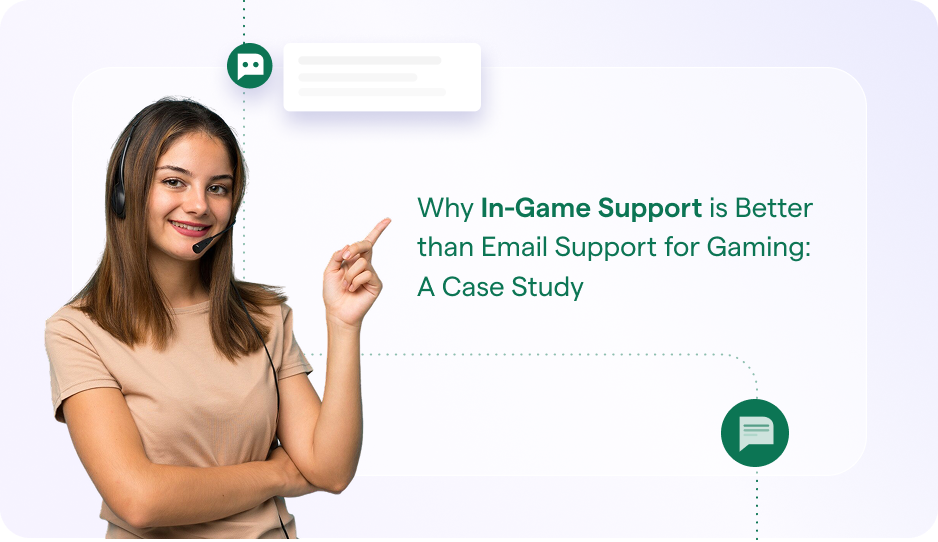Customer segmentation – which is simply grouping customers according to shared traits, habits, lifetime stages, demographic/firmographic information, etc. – is essential in today’s marketplace. Chances are good that you have more than one type of customer. Each type will have its own unique needs, motivations, and pain points; understanding these will help you communicate more effectively with each segment.
Additionally, customer segmentation provides business context, giving you special insights into your offering and your business’ performance. Grasping how different groups’ circumstances impact their decisions can in turn help your strategic decisions become more targeted and effective. And it can also fine-tune your position within the market. For a complete look at the benefits of customer segmentation, see our Glossary entry on ‘What is Customer Segmentation?’.
Why is Customer Segmentation Software Important?
Customer segmentation relies on data. If your business is large enough to need customer segmentation, it probably has acquired a lot of information about the customers. This information is usually stored across different departments: purchasing information in the sales department, support tickets in the customer service department, client information in the marketing department, and so on. As you can imagine, collecting and manually processing this data to create accurate customer segments would be a tremendous amount of work.
Many companies have turned to customer relationship management (CRM) software to help them manage their data. CRMs provide a centralized place to store information so that different teams can access it as needed. They may integrate with website analytics services, social media platforms, and other tools. Most major CRMs will either have built-in customer segmentation features or support third-party customer segmentation tools. The most powerful and robust solutions allow you to choose customer segmentation criteria and craft your own detailed analyses of customer activity.
Instead of your team spending countless hours manually analyzing data and creating customer segments, customer segmentation software does the work for you.
What Makes an Effective Customer Segmentation Tool?
Before you decide to buy any kind of customer segmentation software, you should first know the type and volume of data you have, how it will be used, who will be using it, and why. As you’re researching various segmentation tools, pay special attention to how each choice does in these three areas:
Data Capture
According to one survey, the average fair-sized organization has 400 different data sources. A large enterprise could have over 1,000 data sources.
Obviously, the ability to capture data automatically and accurately is essential to customer segmentation software. As mentioned above, data can reside and nearly any department within the company. It can be found on websites, in publicly available records, on social media, within industry reports, in newspapers and periodicals, etc.
Although efficiency is important in data capture, a good customer segmentation solution should also let you customize segmentation selection criteria and decide which details are important for each group.
Finally, any customer segmentation tool or CRM should regularly and automatically update your data.
Data Visualization Tools
Given a choice, most humans would rather look at data visualizations (like charts and graphs) rather than the endless rows of a spreadsheet. Visually representing data makes it a much faster and more efficient way to share information.
Depending on your company, you may need a wide choice of data visualization formats. Before committing to a customer segmentation tool, make sure that the charts and graphs it offers to visualize your data will meet your needs. Some CRMs go one step further and provide customized department and role-based dashboards. Your company’s actual needs (and budget) should be the determining factor in how sophisticated your segmentation tool’s data visualization options are.
Scalability
Your business will grow over time, so you don’t want to be locked into a solution that can’t adapt to new circumstances. While you can migrate from one CRM or customer segmentation tool to another, software migration processes are notoriously time-consuming and error-prone. Instead, look for a tool that will let you change levels of usage. Many top CRMs have various service levels and/or charge on a per-user basis, so you can start with the most budget-friendly option and move up as needed.
Scalability is about more than service levels; it’s also about data streams and customization. Any worthwhile customer segmentation software tool should allow you to update data sources. You should also have enough customization options so you can add departments or business areas; it’s common for companies to try customer segmentation, personalization, etc. on a small group of users before scaling it across departments or even the entire organization.
Additional Information about Customer Segmentation Software:
Product: Issue Classification and Ticket Routing
Glossary page: What is Customer Segmentation?
Glossary page: What is Customer Experience?



